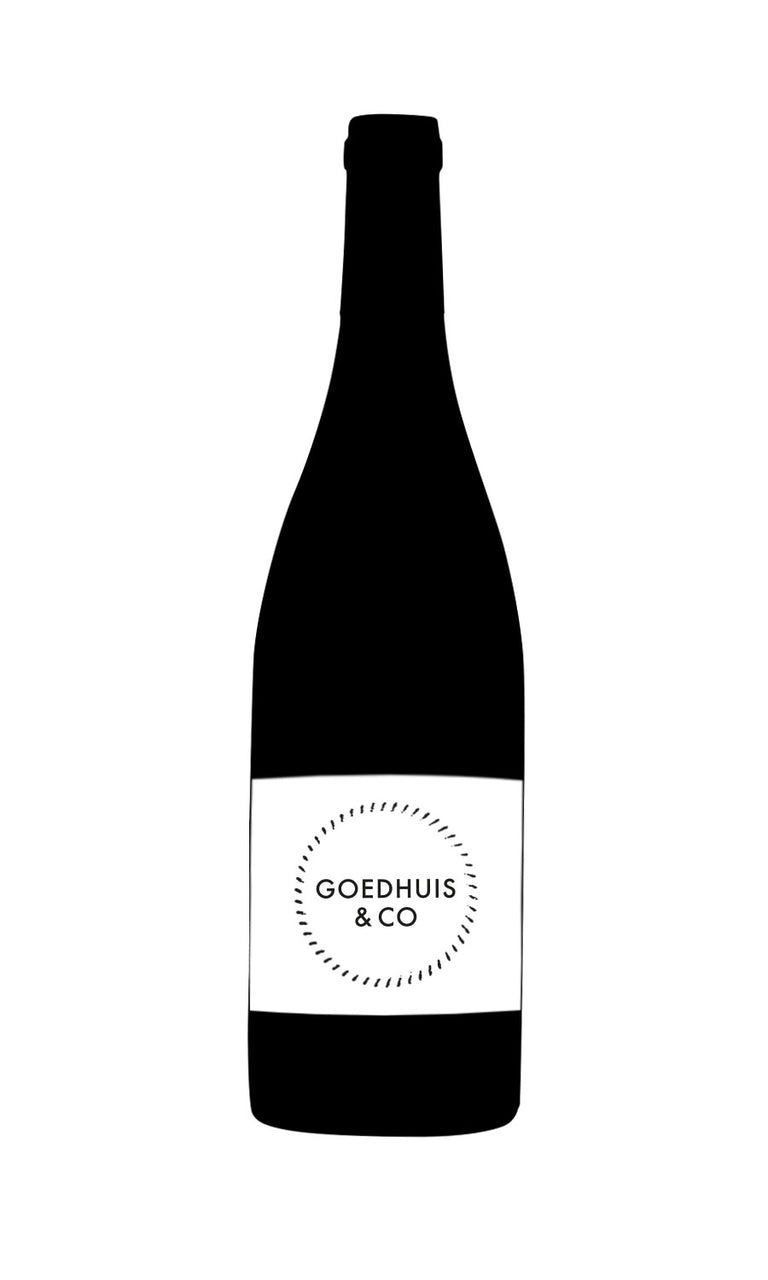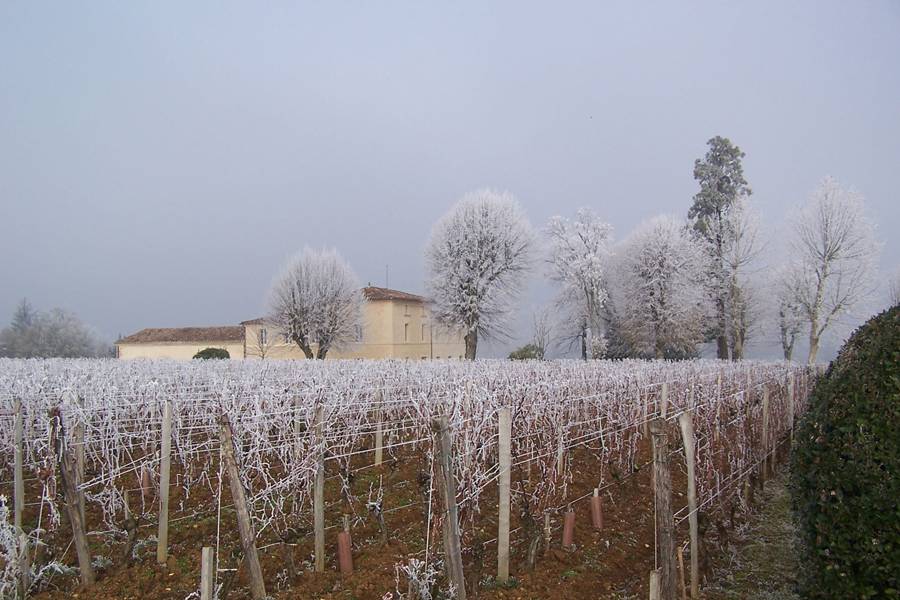
- Colour Red
- Producer Château de Valandraud
- Region St Emilion
- Drinking 2015 - 2028
- Case size 12x75cl
- Available Now
2009 - Ch Valandraud Grand Cru Classé St Emilion - 12x75cl
- Colour Red
- Producer Château de Valandraud
- Region St Emilion
- Drinking 2015 - 2028
- Case size 12x75cl
- Available Now
Select pricing type
Need help? Call +44 (0)20 7793 7900 or email wine@goedhuiswaddesdon.com.
-
Decanter, April 2010, Score: 18.5
The best Valandraud ever. Rich and concentrated but measured. Ripe, fresh, red-berry fruit aromas and flavour. Almost Burgundian in nuance. Palate suave, succulent, harmonious and poised. Remarkable finesse. Potential to age. Drink 2015-2028.
-
Wine Spectator, April 2010, Score: 93-96
What a nose to this young red, showing crushed blueberry and blackberry, with black licorice as well. Full-bodied, with supersilky tannins and a racy and beautiful finish.
Producer
Château de Valandraud
Jean-Luc Thunevin along with his wife, Murielle, bought up several small parcels of vines around St.Emilion. Naming the estate Valandraud, Val for Vale of Fongaban and Andraud being Murielle's name, they produce with an immense amount of manual labour the most famous of the St.Emilion "vin de garage" movement.The wine is made from 70% Merlot and 30% Cabernet Franc vines, and is aged in new oak and is bottled unfined and unf...Read more
Jean-Luc Thunevin along with his wife, Murielle, bought up several small parcels of vines around St.Emilion. Naming the estate Valandraud, Val for Vale of Fongaban and Andraud being Murielle's name, they produce with an immense amount of manual labour the most famous of the St.Emilion "vin de garage" movement.The wine is made from 70% Merlot and 30% Cabernet Franc vines, and is aged in new oak and is bottled unfined and unfiltered.Read less

Region
St Emilion
South of Pomerol lies the medieval, perched village of St Emilion. Surrounding St Emilion are vines that produce round, rich and often hedonistic wines. Despite a myriad of soil types, two main ones dominate - the gravelly, limestone slopes that delve down to the valley from the plateau and the valley itself which is comprised of limestone, gravel, clay and sand. Despite St Emilion's popularity today, it was not until the 1980s to early 1990s that attention was brought to this region. Robert Parker, the famous wine critic, began reviewing their Merlot-dominated wines and giving them hefty scores. The rest is history as they say. Similar to the Médoc, there is a classification system in place which dates from 1955 and outlines several levels of quality. These include its regional appellation of St Emilion, St Emilion Grand Cru, St Emilion Grand Cru Classé and St Emilion Premier Grand Cru Classé, which is further divided into "A" (Ausone and Cheval Blanc) and "B" (including Angélus, Canon, Figeac and a handful of others). To ensure better accuracy, the classification is redone every 10 years enabling certain châteaux to be upgraded or downgraded depending on on the quality of their more recent vintages.



